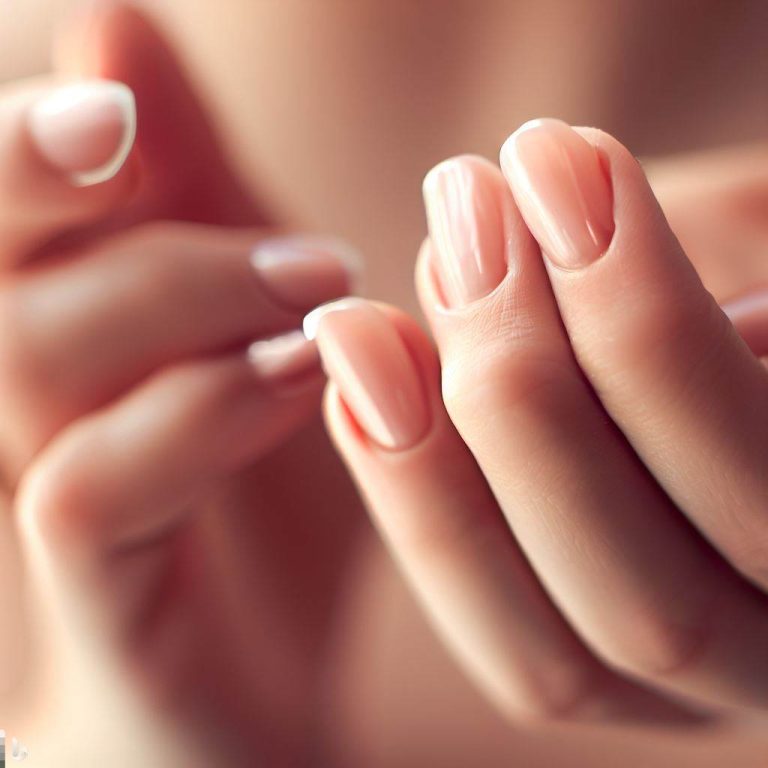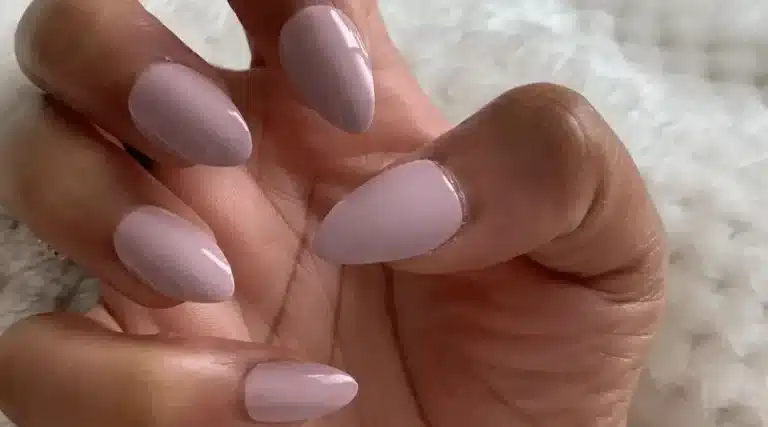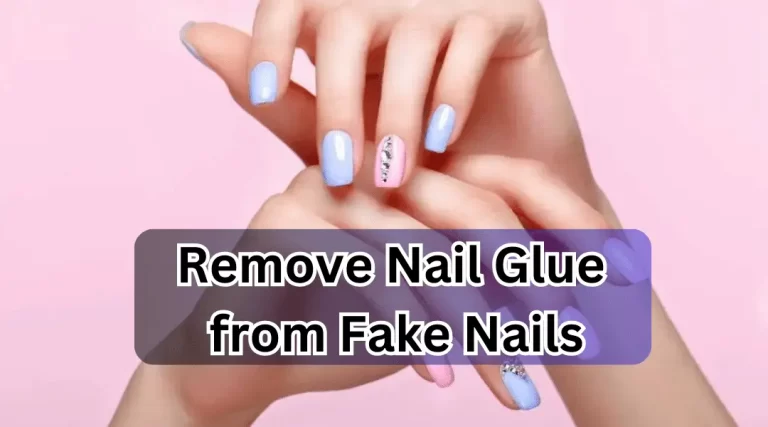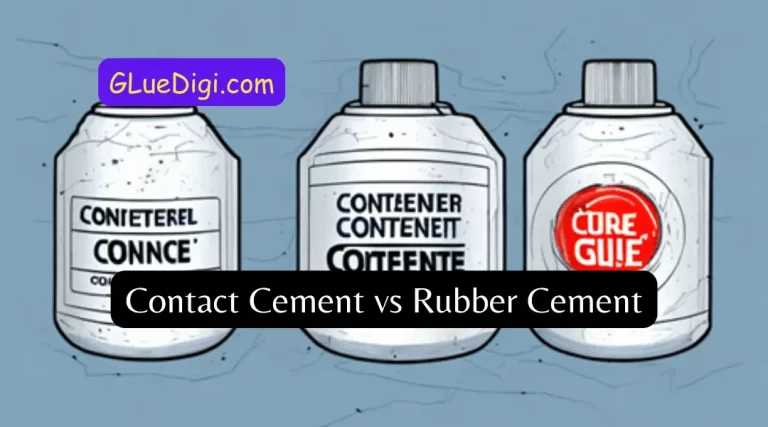JB Weld is a popular epoxy resin adhesive known for its incredible strength and versatility. Its ability to bond and repair a wide range of materials has made it a go-to product for DIYers and professionals alike. One common question among users is whether Can You Sand JB Weld once it has cured. In this article, we will explore the sandability of JB Weld, its properties, the benefits of sanding, and how to achieve a smooth, professional finish.
Important Factors To Consider
When sanding JB Weld, it’s important to use the correct technique to achieve the desired results. Start by selecting the appropriate grit sandpaper for the job. Coarse grits, such as 60 or 80, are best for removing excess material quickly, while finer grits, such as 220 or 320, are better for smoothing and shaping the surface.
Before sanding, make sure the JB Weld has fully cured according to the manufacturer’s instructions. Sanding too soon can cause the epoxy to become gummy and difficult to work with. Once cured, use a sanding block or sanding pad to ensure even pressure across the surface. This will prevent uneven sanding and ensure a smooth finish.
It’s important to note that sanding JB Weld can create fine dust particles that can be harmful if inhaled. It’s recommended to wear a dust mask and work in a well-ventilated area to avoid any health risks.
After sanding, the surface of the JB Weld may appear dull or hazy. To restore the shine, use a polishing compound and buff the surface with a soft cloth. This will bring out the natural luster of the cured epoxy and create a professional-looking finish.
The Benefits of Sanding JB Weld After Drying
JB Weld is a popular two-part epoxy adhesive that is used to bond and repair a wide range of materials. Once the adhesive has been applied and allowed to dry, it forms a strong and durable bond that can withstand a great deal of stress and strain. However, to achieve the best results, it is important to sand the JB Weld after it has dried and cured.
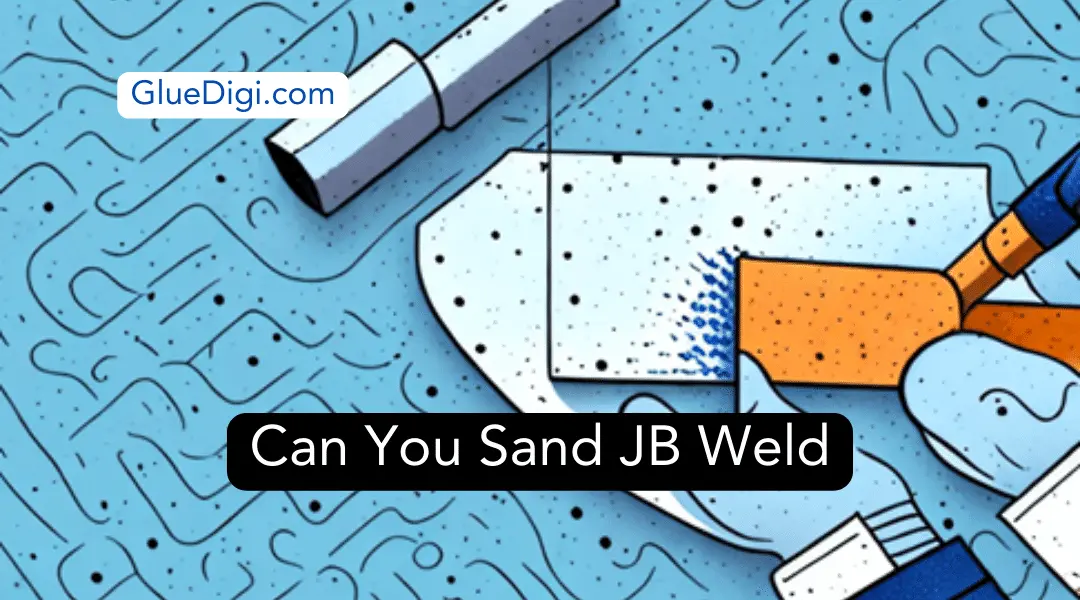
Here are a few reasons why you might consider sanding your project:
- Smooth Finish: Sanding helps to create a smooth surface, allowing the repaired area to blend seamlessly with the surrounding material. This is particularly useful for cosmetic repairs, where appearance is crucial. By sanding the JB Weld, you can achieve a polished and professional-looking finish.
- Controlled Shaping: In instances where precise shaping is required, sanding allows you to carefully remove excess material and create the desired contour. Whether you are repairing a dent or filling a gap, sanding can help you achieve the perfect shape and size for your project.
- Improved Adhesion: When applying paint or other coatings to the repaired area, a smooth surface created by sanding promotes better adhesion. This means that the paint or coating is less likely to peel or chip, ensuring that your repair lasts for a long time.
- Increased Durability: Sanding JB Weld after it has dried and cured can also increase the durability of your repair. By creating a smooth surface, you reduce the likelihood of stress points or weak spots that can lead to cracking or breaking over time.
- Enhanced Safety: Sanding can also help to enhance the safety of your repair. By removing any sharp or jagged edges, you reduce the risk of injury or damage to other objects.
Overall, sanding JB Weld after it has dried and cured is an important step in achieving a high-quality and long-lasting repair. Whether you are working on a small DIY project or a larger industrial application, taking the time to sand your JB Weld can make all the difference in the final result.
How to Achieve a Smooth Finish When Sanding JB Weld
Sanding JB Weld efficiently and effectively requires a few key steps. Follow these guidelines to obtain a smooth, professional finish:
First and foremost, let the JB Weld cure completely before sanding. The curing time varies depending on the specific product used, but generally, a full cure is achieved in 15-24 hours. During this time, it’s important to keep the area clean and free from any debris or dust that may settle on the surface.
Once the JB Weld has cured, it’s time to select the right sandpaper for the job. Choosing the appropriate sandpaper is essential to achieving a smooth finish. Start with a coarse grit, such as 80 or 100, and work your way up to finer grits as needed. This will help you remove any rough spots or imperfections in the surface.
When sanding, use even pressure and keep the sanding motion consistent to prevent uneven removal of material. It’s important to sand in a controlled manner to avoid damaging the surrounding area or removing too much material from the JB Weld. Take your time and be patient, as rushing the process can lead to a less than desirable finish.
As your surface becomes smoother, switch to finer grits of sandpaper to polish and finish the surface. This will help you achieve a professional-looking finish that is smooth to the touch. Be sure to examine your progress frequently to ensure you’re removing the right amount of material and not causing damage to the surrounding area.
After sanding, remove any dust or debris from the surface using a tack cloth or compressed air. This will help you achieve a clean surface that is free from any particles that may interfere with the final finish.
Tips for Sanding JB Weld Successfully
For the best results, consider these tips when sanding JB Weld:
- Wear safety gear, including gloves, goggles, and a mask, to protect yourself from dust and debris. Sanding can create a lot of dust and debris, which can be harmful if inhaled or come into contact with your skin or eyes.
- Use a sanding block or other tool to help maintain even pressure while sanding. This will help you achieve a more consistent finish and prevent uneven removal of material.
- Take breaks to avoid overheating the sandpaper and epoxy, which can lead to clogging or an uneven finish. Overheating can cause the sandpaper to become less effective and may even damage the JB Weld.
- Examine your progress frequently to ensure you’re removing the right amount of material and not causing damage to the surrounding area. This will help you achieve a smooth finish that looks professional and is free from imperfections.
Does Glue Stick to Parchment Paper?
By following these guidelines and tips, you can achieve a smooth finish when sanding JB Weld. Remember to take your time, be patient, and wear safety gear to protect yourself from any potential hazards. With a little effort and attention to detail, you can achieve a professional-looking finish that will last for years to come.
Now that you’re aware of the basics of sanding JB Weld, let’s dive deeper into the topic.
Product Selection
JB Weld offers a variety of products that cater to different repair needs. For instance, JB Weld SteelStik is ideal for repairing metal surfaces, while JB Weld PlasticWeld is perfect for repairing plastic surfaces.
It’s important to choose the right product for your repair needs. Using the wrong product might lead to poor adhesion, which can cause the repair to fail. Additionally, different JB Weld products have different sanding capabilities. Some products may sand more easily than others, so it’s essential to check the product specifications before you start sanding.
Sanding Techniques
When sanding JB Weld, it’s important to use the right sandpaper grit. Coarse sandpaper can damage the surface, while fine sandpaper might not be effective in removing the excess material. A medium-grit sandpaper, such as 120-grit, is ideal for sanding JB Weld.
It’s also important to use the right sanding technique. Start by sanding the surface lightly, and gradually increase the pressure as needed. Avoid sanding in one spot for too long, as this can create an uneven surface. Instead, sand in circular motions to create a smooth and even surface.
Sanding Limitations
While sanding JB Weld can help improve the appearance of the repair, it’s important to understand its limitations. Sanding might not fix all cosmetic issues, especially if the repair is in a visible area. Additionally, sanding might not be effective if the repair is not level or if the surface is uneven.
If you’re unsure about your sanding abilities, it’s best to seek professional help. A professional can help you achieve the desired results without causing any further damage to the repair site.
Choosing the Right Sandpaper for Sanding JB Weld
The success of your project depends on selecting the right sandpaper for the task. Here are a few considerations when choosing sandpaper for sanding JB Weld:
When it comes to sanding JB Weld, it is essential to choose the right sandpaper for the job. JB Weld is a two-part epoxy that is used to bond and repair a wide range of materials. Sanding JB Weld is necessary to achieve a smooth and even surface, but using the wrong sandpaper can damage the epoxy or create an uneven finish.
What Does Gorilla Glue Work On?
Some Additional Tips
Here are some additional tips to help you choose the right sandpaper for your JB Weld project:
Grit:
Sandpaper grit refers to the size of the abrasive particles. Coarser grits have larger particles, while finer grits have smaller ones. When sanding JB Weld, it’s best to start with a coarser grit to remove material quickly, then progress to finer grits for a smoother finish. A good starting point is 120-grit sandpaper, followed by 220-grit and 320-grit sandpaper.
Material:
Sandpaper is made from various materials, including aluminum oxide, silicon carbide, and ceramic. Each material has its unique properties, so it’s essential to choose a high-quality sandpaper material that will work well with your specific JB Weld product. For example, if you’re working with a steel or iron surface, aluminum oxide sandpaper is a good choice. If you’re working with a fiberglass or plastic surface, silicon carbide sandpaper may be a better option.
Backing:
The backing material of your sandpaper is essential, as it supports the abrasive particles during sanding. Choose a durable backing, such as cloth or paper, that is appropriate for the surface you’re working on. For example, if you’re sanding a flat surface, a sanding block with a foam or rubber backing can help distribute the pressure evenly and prevent the sandpaper from tearing. If you’re sanding a curved surface, a flexible sanding pad can help you achieve a smooth and even finish.
Technique:
When sanding JB Weld, it’s essential to use the right technique to avoid damaging the epoxy or creating an uneven finish. Start by sanding in one direction, using light to medium pressure. Avoid sanding in a circular motion, as this can create swirl marks. As you progress to finer grits, use lighter pressure and sand in the opposite direction to remove any scratches left by the previous grit.
Clean-up:
After sanding JB Weld, it’s essential to clean the surface thoroughly to remove any dust or debris. Use a clean cloth or compressed air to remove any sanding residue, then wipe the surface with a clean, damp cloth. Allow the surface to dry completely before applying any paint or coatings.
By following these tips, you can choose the right sandpaper for your JB Weld project and achieve a smooth and even finish. Remember to take your time and use the right technique to avoid damaging the epoxy or creating an uneven surface. With a little patience and practice, you can achieve professional-looking results every time.
Achieving the Desired Finish with JB Weld Sanding
Your desired finish will depend on the material you’re working with and the purpose of the repair. For example, projects involving metal may require a smooth, polished surface, while repairs to wood may demand a finish that matches the surrounding texture. Regardless of your desired outcome, following the tips and guidelines provided in this article will help you achieve a professional-looking finish when sanding JB Weld.
What Kind of Glue Can You Use on Fake Nails
The Best Way to Sand JB Weld for a Professional Finish
The best way to sand JB Weld for a professional finish involves proper planning and execution. Ensure you have selected the appropriate JB Weld product, choose the correct sandpaper, and follow the prescribed sanding techniques. Maintain even pressure, work through grits progressively, and frequently assess your progress. By doing so, you will be well-equipped to achieve a smooth and polished result.
Common Mistakes to Avoid When Sanding JB Weld
While sanding JB Weld might seem straightforward, it’s crucial to avoid common mistakes that can compromise your project’s success. Keep these pitfalls in mind:
- Not allowing the JB Weld to cure fully before beginning to sand.
- Using the incorrect sandpaper grit or material for the job.
- Applying too much pressure, leading to an uneven surface or damage to the repair area.
- Rushing the sanding process, neglecting to follow the proper steps and techniques.
Conclusion
In conclusion, JB Weld is indeed sandable and, when sanded properly, can create a strong, long-lasting, and visually appealing repair. By understanding the properties of JB Weld, following the guidelines and tips provided, and avoiding common mistakes, you can achieve a seamless repair that will stand the test of time. Give your next repair project a professional touch with the power of sanding JB Weld.

